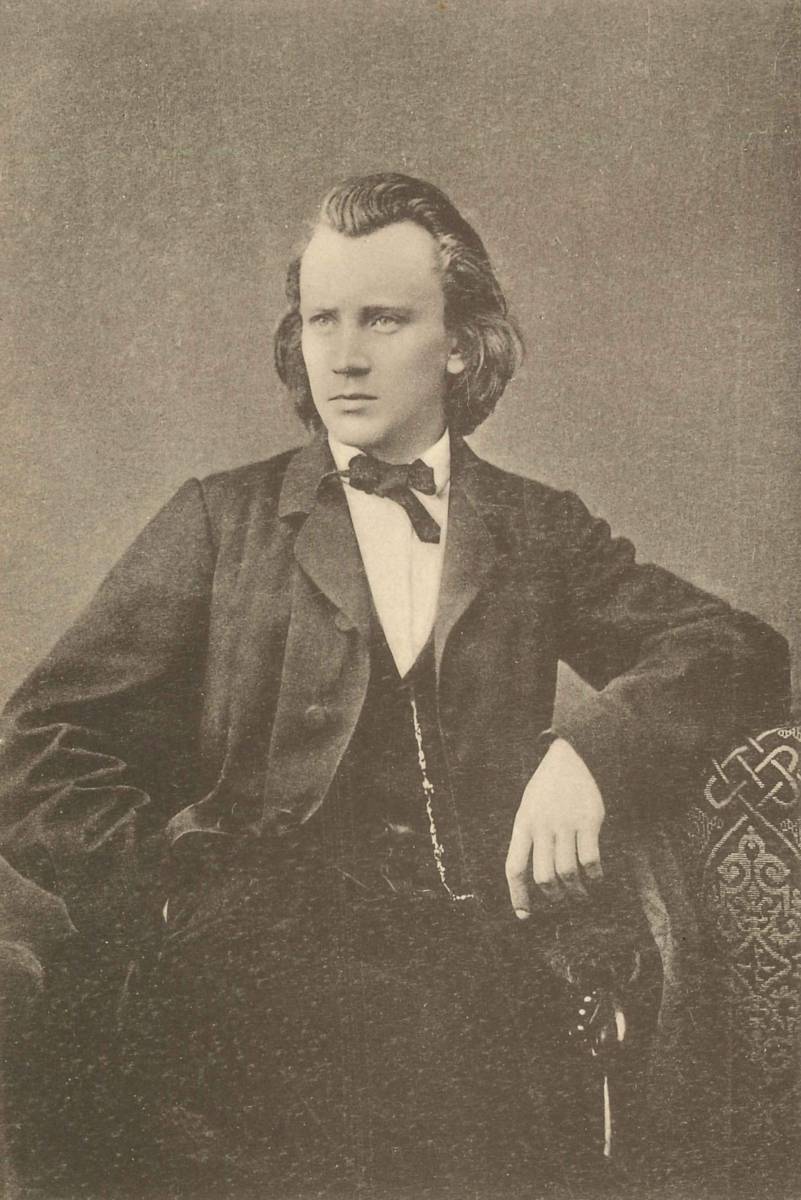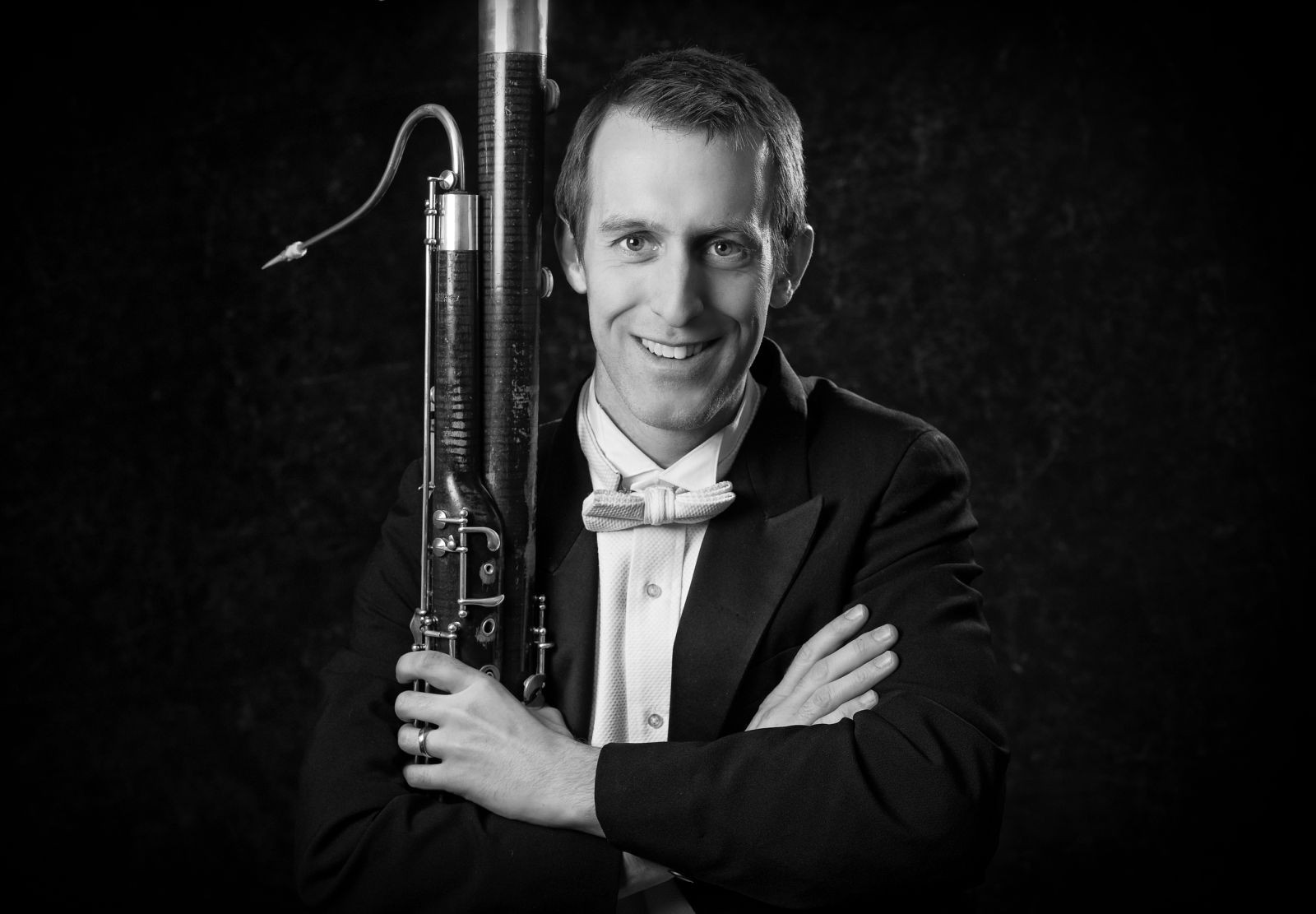

This week at the Calgary Philharmonic Orchestra (CPO), we perform two epic works from one of the greatest moments in Western Music. Brahms Piano Concerto Number 1, and Mahler’s 1st Symphony, both works where their respective creators’ first attempt at a large-scale creation were met with misunderstanding (even hissing during the 2nd performance of the Piano Concerto), and both works are defining moments in each of the respective composers’ creative voices. Both Brahms and Mahler had written other, smaller works which were met with positive reception, but it was these larger-scale works in which Brahms and Mahler redefined what a Piano Concerto and a Symphony are.
Before the likes of Beethoven and Brahms, European audiences had developed a taste for more vapid virtuoso piano performances where the soloist’s keys danced in scintillating effortlessness that was more ‘rock star with a backup band’ than Brahms’ idea of Symphony with Piano Obbligato. It is this partnership of the piano and the orchestra that makes this Piano Concerto so unique, and why all of Brahms’ Concertos are considered treasures of the Symphony Orchestra. Of course, the Trans-Piano-Orchestra-Partnership is exactly what was misunderstood during this work’s first performance.
Of course, this is why we love Brahms the more we hear it. There is depth of meaning (although Brahms would claim it is only an abstract meaning) which exists in every work of Brahms. In fact, this weekend is a truly marvellous weekend of brilliant music-making, as members of our CPO woodwind section will be performing Brahms’ Piano Quintet in F minor (for Strings and Piano) in a world-premier of an arrangement, by me (Christopher Sales), for woodwinds and piano. I have to admit, opening up one of Brahms’s works would perhaps be akin to a poet rewriting passages of Shakespeare. In a lot of ways, it brings one closer to understanding the genius of the legends in the arts, and yet it also brings me to my knees in admiration for just how brilliant Brahms was. If you get a chance, just ask a few of the wind players in our orchestra how the first rehearsal went. If you, as an audience member find the time this Sunday, I would love to share my own countless hours of work, as well as Brahms original genius, at Saint Stephen’s Anglican Church.
The other work on our program is Mahler’s 1st Symphony. What I love about Mahler is his easily identifiable and unique tonal language that forms an underlying basis for all of his music. When I hear Mahler on the radio from the middle, beginning, or end, I can always know that it is Mahler within minutes. As an example, take a listen to these two videos:
Start at minute 1:15
And Mahler’s Symphony No. 9
The former is the 4th movement of Mahler’s 1st Symphony. The latter is the 3rd movement of his 9th Symphony.
To me, I love the similarity. The themes are almost exactly the same rhythm, and the intervals are almost exactly the same just moving in opposite directions (inverted). Some may consider the resemblance a lack of creativity, but I find the difference speaks volumes to the similarities. The 1st Symphony has a minute long introduction before the theme that presents it more as a conquest. Also, the theme in the 1st Symphony carries a younger world-view; more youthful angst than a lifetime of struggle.
Another great moment in Mahler’s 1st Symphony is his direct quote of his Lied ‘Ging Heut Ubers Feld’ from his ‘Songs of the Wayfarer.’
And Mahler’s 1st Symphony “Titan” start at minute 3:38
I love how in both of these works, the listener feels as though they are walking through a field on a sunny summer day, enjoying the simple pleasures of our human experience, and this first theme of Mahler’s Symphony Number 1 embodies that youthful innocence that only a young, dare I say, naive, Mahler could have written.
Of course, a Mahler Symphony is never complete without a slow-moving movement of self-reflection. In the case of Mahler’s 1st Symphony, our 3rd movement is practically a dirge based on the minor version of ‘Freres Jaques.’ This movement delves deep into the audience member’s soul, and our darker feelings are only rescued by a paradoxical version of Klezmer, that brings the listener nearly to tears of laughter. The final movement of Mahler’s Symphony leads us to triumph.
We hope that you will join us for this epic journey with the Calgary Philharmonic Orchestra on Friday or Saturday.

